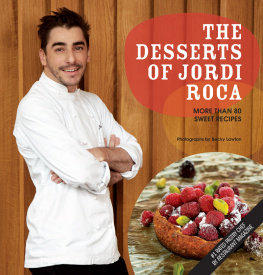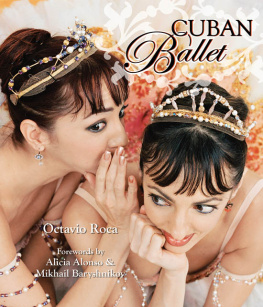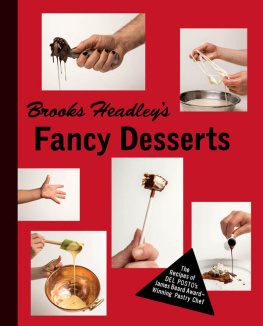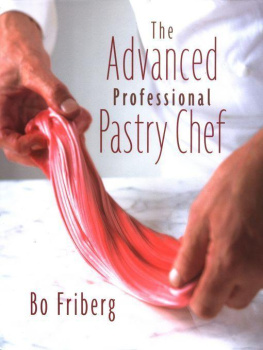
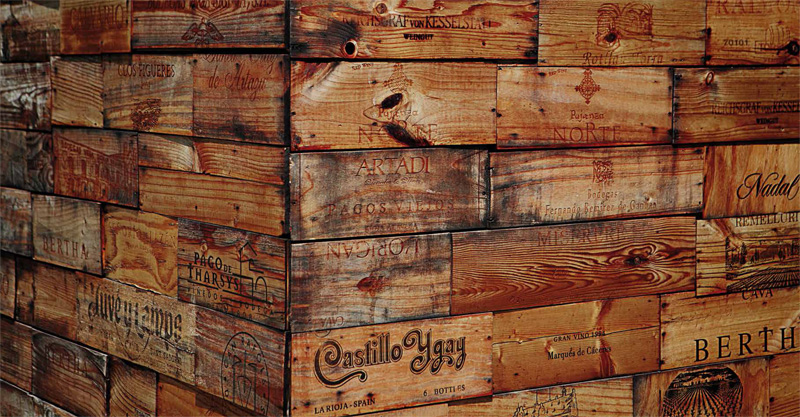
THE DESSERTS OF JORDI ROCA
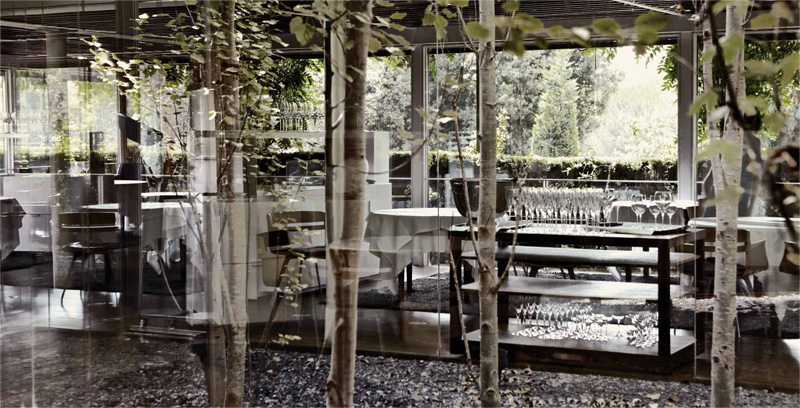
THE DESSERTS
OF JORDI ROCA
OVER 80 DESSERT RECIPES CONCEIVED IN EL CELLER DE CAN ROCA

PETER PAUPER PRESS, INC.
White Plains, New York
THE DESSERTS OF JORDI ROCA
First published in Spain under the title Los Postres de Jordi Roca
Jordi Roca, 2011
Photographs: Becky Lawton, 2011
Props Styling: Agnes Cobotaite
Post Production: Bjorn Badetti
Design and cover: Jordi Galeano
Edition: Pere Romanillos
Prepress: Aura Digit
Edited by Esther Sanz
Original edition copyright EDITORIAL OCANO, S.L., Barcelona, Spain
English translation copyright 2015 Peter Pauper Press, Inc.
First published in English in 2015 by Peter Pauper Press, Inc.
All rights reserved. No part of this book may be used or reproduced in any manner
whatsoever without written permission from the publisher.
Published by Peter Pauper Press, Inc.
202 Mamaroneck Avenue
White Plains, New York 10601
U.S.A.
Published in the United Kingdom and Europe by
Peter Pauper Press, Inc.
c/o White Pebble International
Unit 2, Plot 11 Terminus Road
Chichester, West Sussex PO19 8TX, UK
Library of Congress Cataloging-in-Publication Data Available
eISBN 978-1-4413-2197-8
Manufactured for Peter Pauper Press, Inc.
Visit us at www.peterpauper.com
eBook Conversion by DigiConv Technologies, C-240, 1st Floor, Pandav Nagar, Delhi - 110092.
www.digiconv.com
To my parents, brothers, and the great family of El Celler de Can Roca.
But most especially to you, who is holding this in your hands.
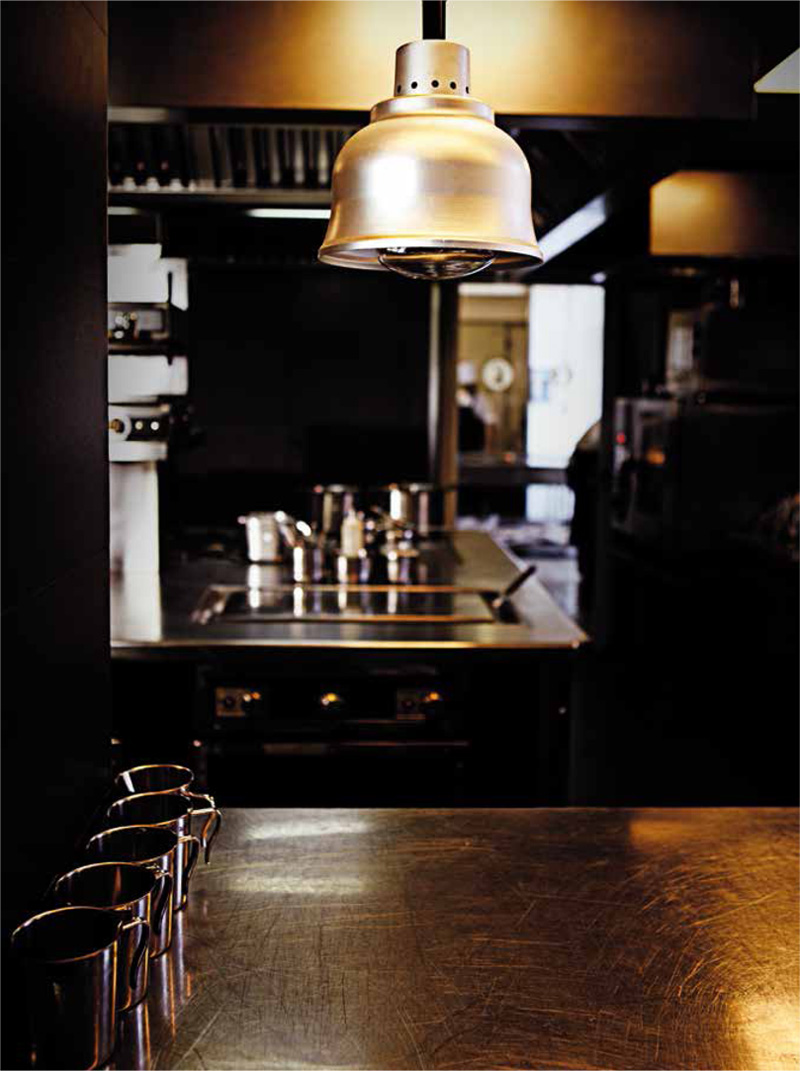
Summary
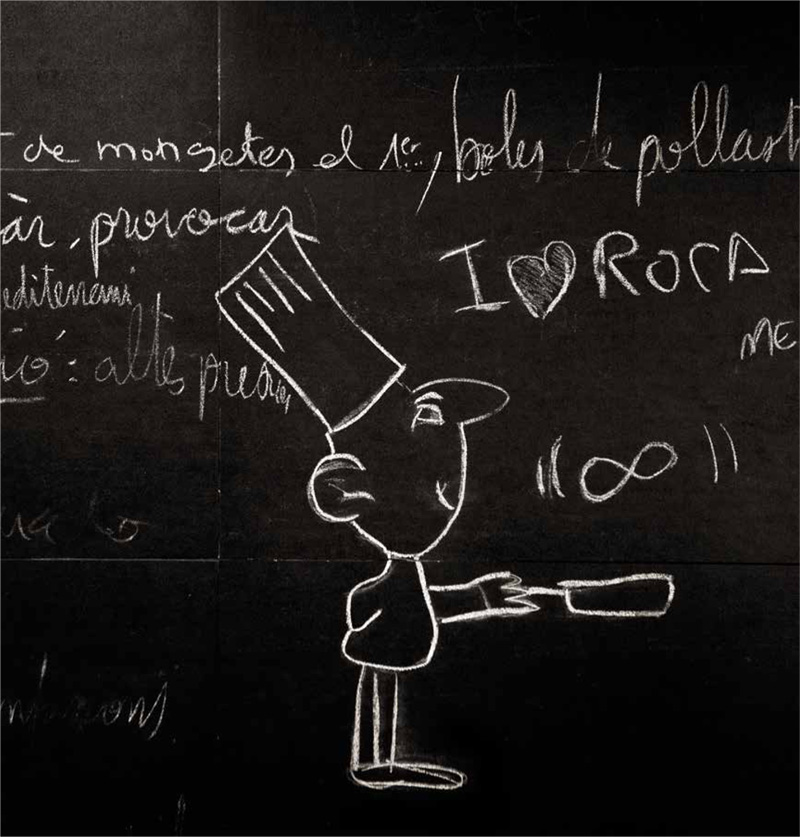
Let's play a game. Imagine that while you read this introduction, Jordi and his brothers, Joan and Josep (the three artisans of El Celler de Can Roca [The Winery of Can Roca]), responsible for the desserts, the savory cuisine, and the restaurant room, respectively), are preparing their presentation for a gastronomic conference. Once on stage, they organize the materials, prepare their products, and check that everything is ready, each one attending to his own work; they silently glance at each other, to make sure everything is going as planned, and occasionally look up at the crowd that awaits in the seats. They observe the crowd with expressions of calm and surprise, which is typical of the three, as if it were the first time these giants of gastronomy had faced such a multitude. At the end of the introduction, they start speaking calmly and exquisitely: they introduce themselves, thank the organizers, honor the memory of a lost colleague, and start their speech.
Recently I was fortunate enough to attend a very similar event, but in real life, where the well-designed and well-delivered introduction was given by another speaker. Leaving aside the spectacular core of the conference, the earlier momentsthat work behind the scenes looked like a magical ballet, rehearsed a thousand times yet delightfully improvised. The speaker offered a perfect summary of what really happens in El Celler de Can Roca: the silence, reflection, and the work, all of which give rise to the Roca miracle; a place where congratulations, awards, and medals are accepted with quiet gratitude. The press reports and photographs in international media, and the unanimous applause of professionals, experts, and enthusiasts from around the world are appreciated and received with grace. To sum it up, talent and humility.
This book is the result of the brilliant career of Jordi Roca, a creator of desserts. As for me, it represents the result of an intense professional relationship that began with his recipes, and my photographs, for the Descobrir Cuina magazine, and has continued in other media such as Delicooks, as well as collaboration with the El Celler de Can Roca website. You could say that during this time, the way we worked was refined, like clockwork, and that over time we reached a level of complete communication and understanding. In truth, it was naturally like that from the very first day. Although working with Jordi means photographing the creations of one of the best dessert chefs in the world, there has never been any stress or disagreement in the process. At first, I thought it was due to courtesy on his part, a hesitation to question my work, or a way to facilitate this process. Over time, I realized that our work sessions in his kitchen were much like what I witnessed at the conference or the daily work done with his brothers and partners: perfect harmony and total respect for each other's work, where words are not necessary. I often had the feeling of being part of El Celler de Can Roca for a few hours.
Indeed, in Jordi's universe, things are beyond words. Only a look or a gesture is necessary to see the work carried out. This is the meaning of the book you are holding now: to get rid of superfluous speech and let the work speak for itself. I hope you enjoy it and will be inspired by it as much as I was.
Becky Lawton
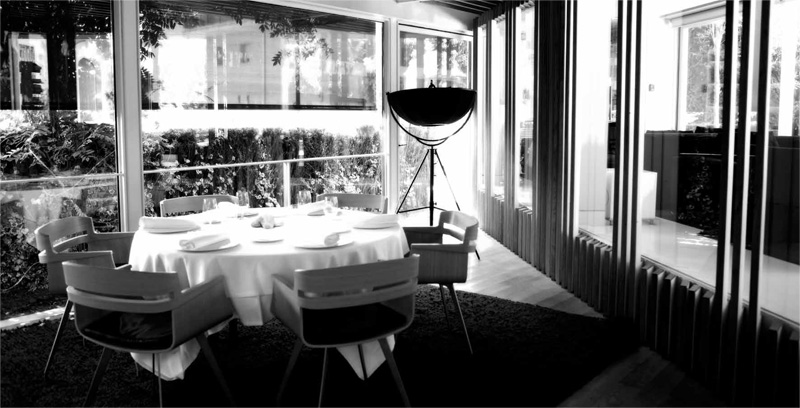
In the Spanish dictionary, postrero (dessert chef) is defined as coming last, but I have taken the liberty of giving it a new meaning. For me, being a postrero is vital and it defines how to interpret my profession; indeed, I create desserts (postres) and not pastries.
My training began in an amateur, nonacademic way in the world of sweets. It was under the guidance of Damian Allshop, a talented Welsh pastry chef who arrived in our home after a long journey through the major European restaurants. He worked, in the late 90's, in the dessert section at El Celler de Can Roca. With him I came to understand the essence of dessert cuisine, its importance and singularity. He helped pique my curiosity by having me as an assistant first and then as his successor. Over time, he gave me the necessary tools to learn the why of dessert cuisine, as well as the methods, the importance of accuracy, to the minute craftsmanship, patience, steadiness, safety, and obsessive involvement. In the beginning, rules and quantification were basic guidelines. I knew why a souffl rises, why chocolate is tempered or why gelatin sets, and I learned to actually blow sugar, as if manufacturing artisan glass, and more, and more, and more.
That was the beginning of my chance to create and spread my wings. Since then, I have taken every opportunity to have fun, to dream, to provoke, to amaze myself, and above all, to play. I have been addicted to sweet amusement for over twelve years. I feel an absolute need to express my life in sweets. A walk, a landscape, a smell, a story, a noise, a transgression, an emotion, any road can lead to creativity. Freedom and freshness. Radicalism and extremism. I like to play to the limit, with irreverence and by breaking molds. Fantasy captivates me and I explore my universe in the sweet moment, away from the rigors and seriousness of the main dishes or large plates of a set menu. I like to surprise at the very end, where the boundary between the pre-established and fascination is possible.
Next page
